BACK TO THE ANALYSIS
THE SUPREME COURT’S (ANTI)DEMOCRACY DOCKET: METHODOLOGY
In order to determine the democracy potential of the cases the Supreme Court chooses to hear, Take Back The Court examined the election-related cases the Supreme Court decided to take up on its merits docket, beginning with the 2012-13 term, when the court took up Shelby County v. Holder, and concluding with the court’s current docket.
For purposes of this study, election-related cases include cases dealing with the Voting Rights Act of 1965; ballot access, including voter registration laws, ID laws, and voter purging and caging practices; redistricting; campaign finance; and the Electoral College.
In assessing the potential for cases to result in pro- or anti-democracy outcomes, Take Back The Court examined each case’s procedural history, lower court decisions, and the outcome sought by appellants. Cases were classified as pro- or anti-democracy based on the direction in which the Supreme Court could change the status quo by taking the case. For example, if an appellant sought to overturn a lower court decision that expanded voting rights, the Supreme Court’s choice to hear the appeal was classified as anti-democracy. In such a case, the status quo was a lower court ruling upholding or advancing democracy; in choosing to hear the case, the Supreme Court gave itself the opportunity to either restrict democracy relative to the status quo or to maintain the status quo. Conversely, if an appellant sought to overturn a lower court ruling that restricted democracy, the Supreme Court’s choice to hear the appeal would be classified as pro-democracy, because the Supreme Court would be giving itself the opportunity to either advance democracy relative to status quo, or to maintain the status quo.
Take Back The Court previously applied this type of docket analysis in a groundbreaking study examining the ideological potential of the Supreme Court’s 2020 merits docket, which found that more than three-quarters (77%) of cases with clear ideological lines had the potential to move the law in a conservative direction, while less than a quarter (23%) had the potential to move the law in a liberal direction. Understanding the ideological potential of the docket of cases the Supreme Court chooses to hear is essential to understanding the overall ideological leaning and impact of the court. The New Republic explained the importance of the 2020 merits docket study: “A new analysis by Take Back the Court, a liberal legal advocacy group, suggests that the Supreme Court is even more conservative in its goals and ambitions than its rulings indicate. [...] Since the justices have almost complete control over their docket, those behind-the-scenes decisions may better reflect the court’s overall ideological posture than outcomes or rulings alone.”
